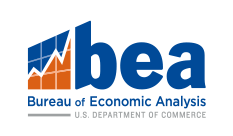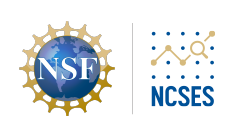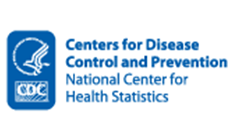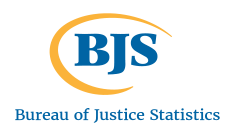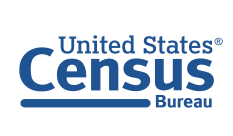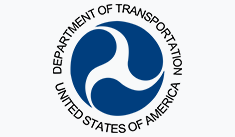
What is the SAP?
The Standard Application Process (SAP) is the avenue to apply to the nation’s statistical agencies and units for access to federal confidential data assets. The U.S. Congress set forth the initiative in the 2018 Foundations for Evidence-Based Policymaking Act.
The SAP portal is the home of the SAP Data Catalog, a searchable inventory of confidential data assets from federal statistical agencies, and the SAP application, where users can apply to access confidential data. Visit the SAP portal at www.ResearchDataGov.org.
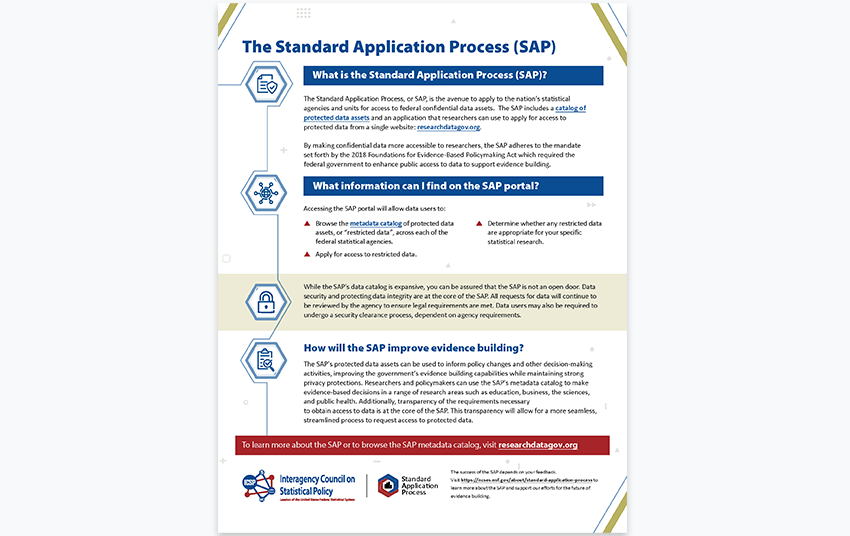
SAP Overview
View and download PDF
Why Is Access to Data Important?
Data collected by U.S. government agencies contain key insights about our nation. Access to data is essential for the following reasons:
- Helps policymakers assess the impacts of a policy
- Allows economists to evaluate economic recovery or spot warning signs of a slowdown
- Enables researchers to identify threats to public health and pinpoint health policies that are effective
The examples above are only a few reasons why access to data is so important. Government data are a major national resource, and secure access to these data is vital to understanding, supporting, and advancing our nation’s interests and economic growth.
What Are Confidential Data?
Unlike public data sets that are fully accessible to the public without limitations, confidential data are data collected under a law or requirement that protects individual privacy. Robust laws and statutes ensure that each individual’s personal data remains safe, secure, and private.
Some public data are initially collected under confidentiality protection but have had disclosure limitation methods applied. Examples include the removal of personally identifiable information or aggregation of information. These methods prevent the risk of disclosing individual identities.
Before applying for access to confidential data via the SAP, first determine whether public data can provide the needed information. To search available public data, visit www.data.gov or statistical agency websites. The SAP Data Catalog also indicates whether a public use version of a confidential data set is available.
How the SAP Works: Discover and Apply for Access to Confidential Data
There are four phases for applying for confidential data through the SAP.
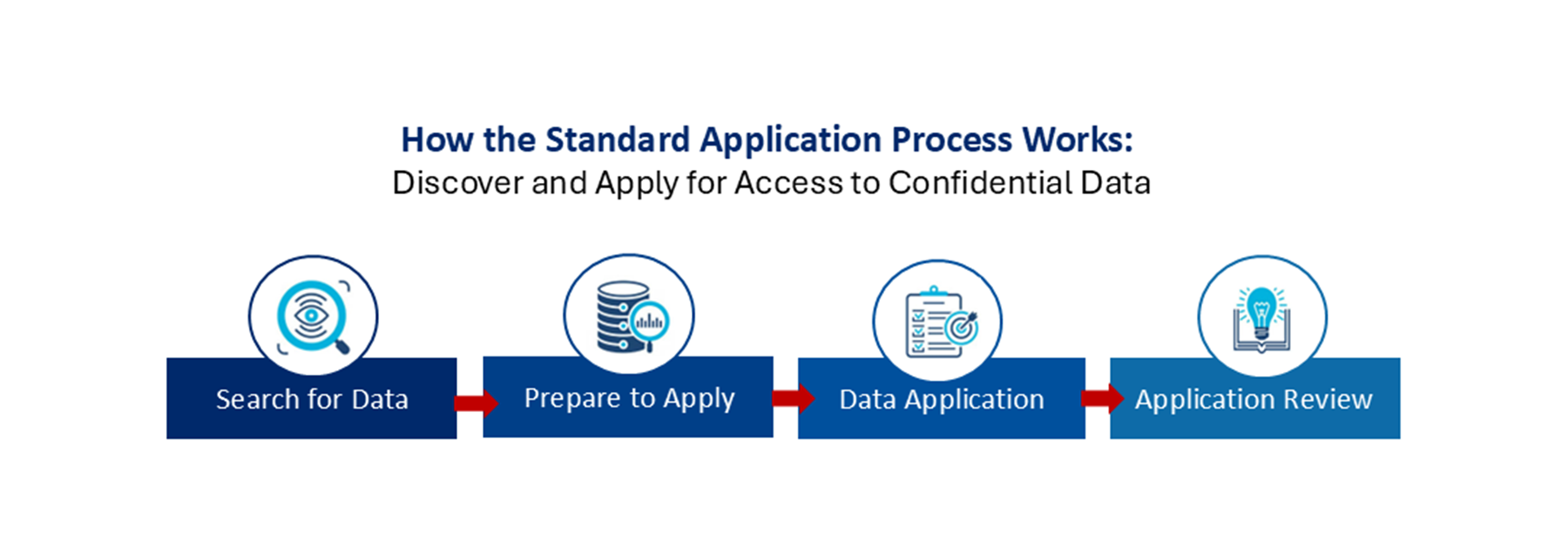
Search for Data
- Learn more about the data by reviewing the metadata listed in the SAP Data Catalog on the SAP portal.
- Determine if publicly available data sets meet your needs or if confidential data are necessary.
- Be aware of agency-specific requirements for accessing confidential data.
- If you need to combine multiple data sets, verify if they can be used together.
Prepare to Apply
- Designate a lead researcher (principal investigator [PI] or co-PI) to represent your project.
- Gather contact information for everyone on your research team.
- Draft responses to the application questions and collect any supporting documents needed.
Data Application
- Have your lead researcher begin the application process.
- Complete the sections for your research team, project details, and required documents.
- Once everything is complete, submit your application.
Application Review
- Check the application portal or your e-mail for updates on the application status.
- The portal will indicate if your application is under review, is approved, needs changes, or is not approved.
- If approved, follow any additional instructions or submit any further documents requested by the agency. The agency will contact you with details on what to do next.
